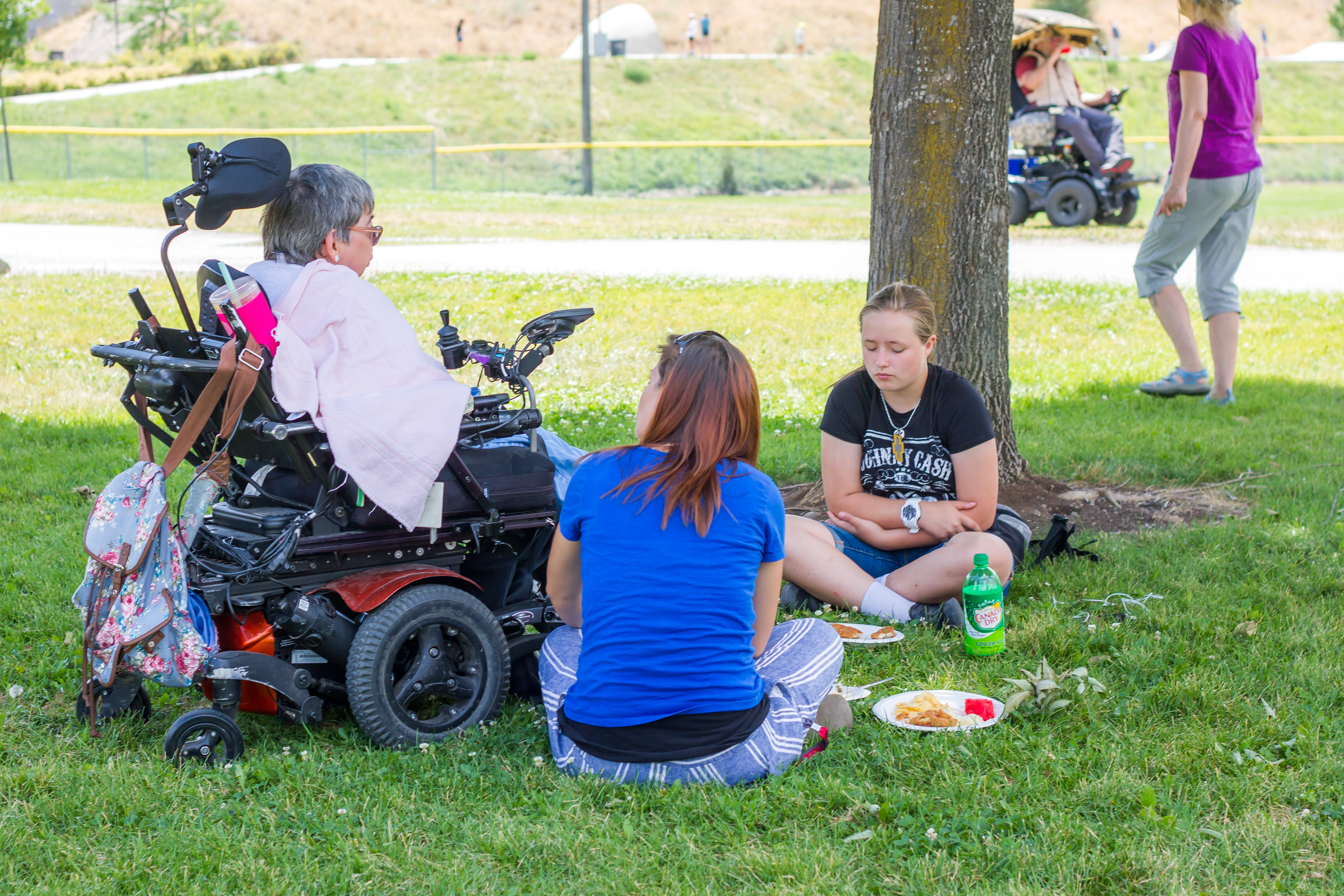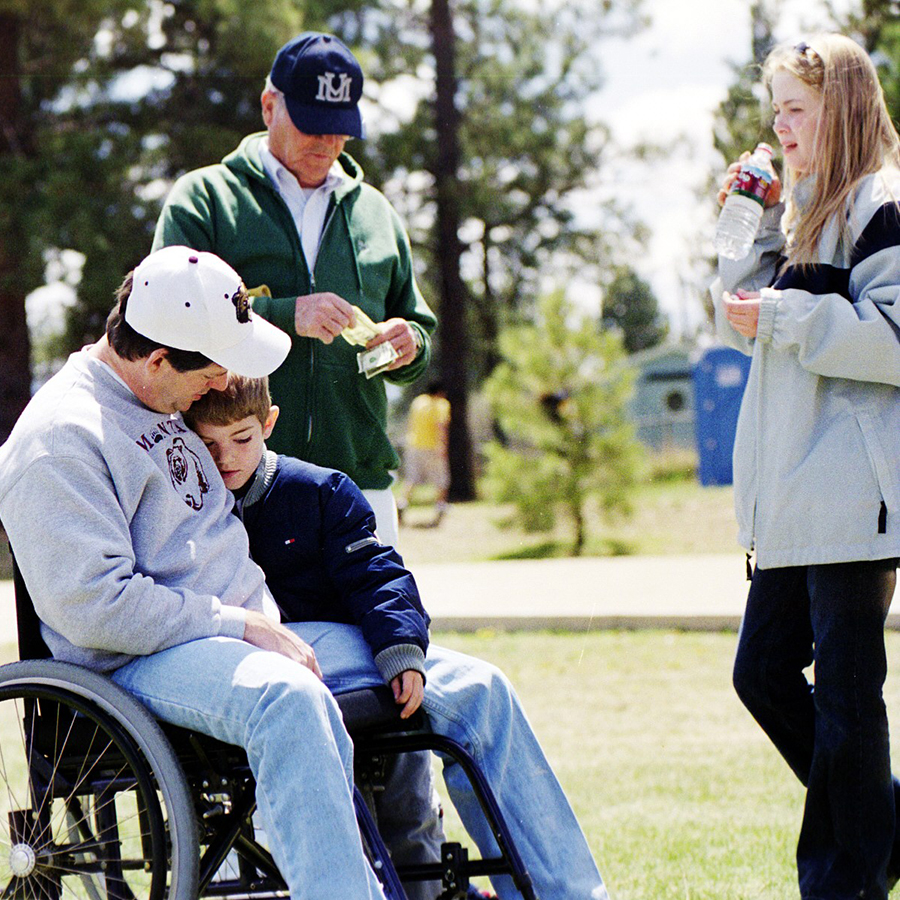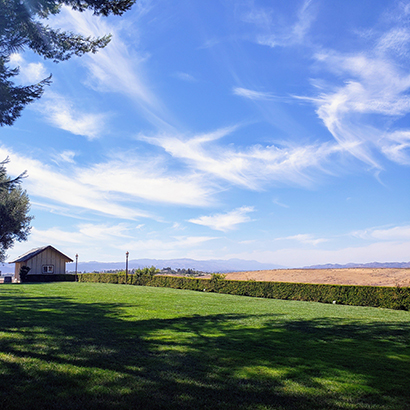Planning

Inclusive rural events are the result of an inclusive planning process.
One of the easiest ways to start making your event more accessible for people with disabilities is to include them in the planning process.
Think about who is in your community and who is involved in making decisions about your community event. Do you have people with disabilities on your planning committee? You might consider a “disability ambassador” position.

Russell* (not real name), a 32-year-old quadriplegic who grew up in a rural town in a frontier state, has enjoyed being involved in organizing community fundraisers and an annual pig roast that was started by his grandfather several decades ago.
“I do it every year, me and my buddy, the two of us organize a pig roast… it’s open to whoever in the community wants to come up…It’s actually something that my grandpa did, and since he passed on we started doing it like four years ago.”
In some communities, someone like Russell might not be seen as capable of assisting in these kinds of events. In this instance, this young adult has come to play an important role in carrying on community traditions.
Who lives in my community?

Do you know how many people in your community report having a disability? Often, people are surprised by how many people in their communities are experiencing disabilities or significant difficulty with daily tasks, such as walking up stairs or running errands. As well, more people in rural areas report having a disability than people living in urban places.
You can start to understand disability rates and related activities (such as poverty and employment) in your county by using RTC:Rural’s tools and resources:
CAARE- Planning, Venue, Promotion, Policies
The Planning section covers things you need to think about as you get started planning and organizing your rural event.
|
Accessibility considerations: |
Link for more information: |
|---|---|
|
People with disabilities are involved in planning the event |
|
|
There is a map of accessible services and features at the event |
|
|
Event staff and volunteers have basic awareness training on how to interact with and help people with disabilities |
|
|
Event staff and volunteers know how to help people with disabilities if there is an emergency |
|
|
There is a designated ‘quiet zone’ |
|
|
There is an awareness of a need to balance historic preservation and accessibility in rural communities. Local community members are involved in decision-making around this issue. |
Things to think about when picking a location for your event.
|
Accessibility considerations: |
Link for more information: |
|---|---|
| Conduct an on-site visit before the event | |
|
Accessible transportation and lodging nearby |
|
|
Accessible shops and restaurants nearby |
|
|
On-site accessible restrooms |
|
|
Accessible parking that is clearly marked |
|
|
Passenger drop-off area near entrance |
|
|
Service animal accommodations |
|
The Promotion section covers things you should do while you are promoting, marketing, or advertising your event to make sure the public knows that the event is accessible.
|
Accessibility Item |
Link for more information: |
|---|---|
|
Promotion materials are in accessible formats |
|
|
Statement on flyers and posters that the event is accessible |
|
|
Website content is accessible |
|
|
List contact information so people can ask about specific accommodation needs |
|
|
Any barriers that cannot be addressed are listed in the promotion materials |
When organizing an event, it’s a good idea if your group has some policies around accessibility.
|
Accessibility considerations: |
Link for more information: |
|---|---|
|
Policy for ADA compliance |
- For a printable 3 page list of accessibility considerations, download the Event Accessibility Quick Assessment (PDF).
- Find a text-only Word doc and other resources in Additional Resources.
